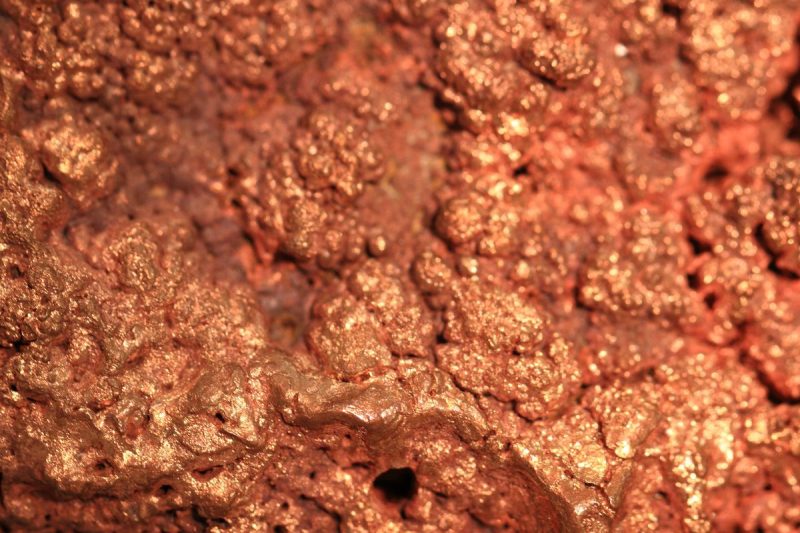Copper Refining: From Ore to Market (Updated 2024)
The utilization of copper has been prevalent over centuries, with its applications ranging from electrical wiring to construction materials and even medical devices. To meet the demand for this versatile metal, an intricate process is involved in refining copper from its ore to the final market-ready product. Understanding the various stages of copper refining is essential in appreciating the complexity and value of this industry.
Exploration and Mining
The journey of copper begins with geological exploration to identify potential sources of copper ore. Once a viable deposit is located, mining operations commence to extract the ore. This process involves drilling, blasting, and excavation to access the copper-rich rock. The extracted ore is then transported to a processing facility for further refinement.
Crushing and Grinding
At the processing facility, the copper ore undergoes crushing and grinding to reduce its size and facilitate the separation of copper minerals from the waste rock. This stage is crucial in preparing the ore for subsequent processing steps, as smaller particles are more efficient in the extraction process.
Concentration
After crushing and grinding, the ore is subjected to a concentration process to increase the copper content. This step typically involves flotation, a method where air bubbles are introduced to separate the copper minerals from the rest of the ore. Through selective attachment to the bubbles, the copper concentrate is formed, which contains a higher concentration of copper than the original ore.
Smelting
The next stage in the copper refining process is smelting, where the concentrated copper ore is heated and converted into a liquid matte containing copper and other impurities. This liquid is then further processed to remove the impurities and increase the copper content, resulting in a copper-rich molten metal known as blister copper.
Refining
To achieve the high purity levels required for commercial applications, the blister copper undergoes refining processes such as electrolysis or fire refining. Electrolytic refining involves passing an electric current through the molten copper to selectively remove impurities, leaving behind pure copper cathodes. Fire refining, on the other hand, involves the use of heat and chemical agents to purify the molten copper.
Market Preparation
Once the copper has been refined to the desired purity, it is ready for the market. Copper cathodes are commonly used as the final product for various industrial applications, while copper alloys are also in demand for specific uses. The refined copper may be further processed into products such as wire, tubing, and sheet metal before being distributed to end-users.
In conclusion, the journey of copper from ore to market involves a series of intricate processes that require technical expertise and precision. The value of copper refining lies not only in its economic significance but also in its essential role in meeting the diverse needs of modern society. As technological advancements continue to drive the demand for copper, the refining industry is poised to play a crucial role in sustaining this vital resource for future generations.


